I have an application in which I need to edit some data, and PropertyGrid structure is visually the best candidate for my needs. However, PropertyGrid takes the public properties of an object and displays them in the grid. (additional options with attributes). However, I don't have such an object, because the list of key-value pairs I need to edit is dynamic.
The ideal solution would be something like this:
public class GridParam
{
// ... several constructors here, one for each type
// ... or a single one but with generic class, does not matter
public String Name { get; set; }
public Object Value { get; set; }
public Type ItemType { get; set; }
}
GridParam stringParam = new GridParam("Address", "2534 Barkeley Av.");
GridParam numberParam = new GridParam("Year", 2012);
NewKindOfPropertyGrid grid = new NewKindOfPropertyGrid();
grid.AddParam(stringParam);
grid.AddParam(numberParam);
The above code would generate a property grid that looks like this:

Is something like this possible with PropertyGrid or any other existing control (which at least looks similar to PG)? The syntax does not have to be similar to what I've written, but it would need to be able to accept a collection of such properties that can be dynamic, without having to define a class...